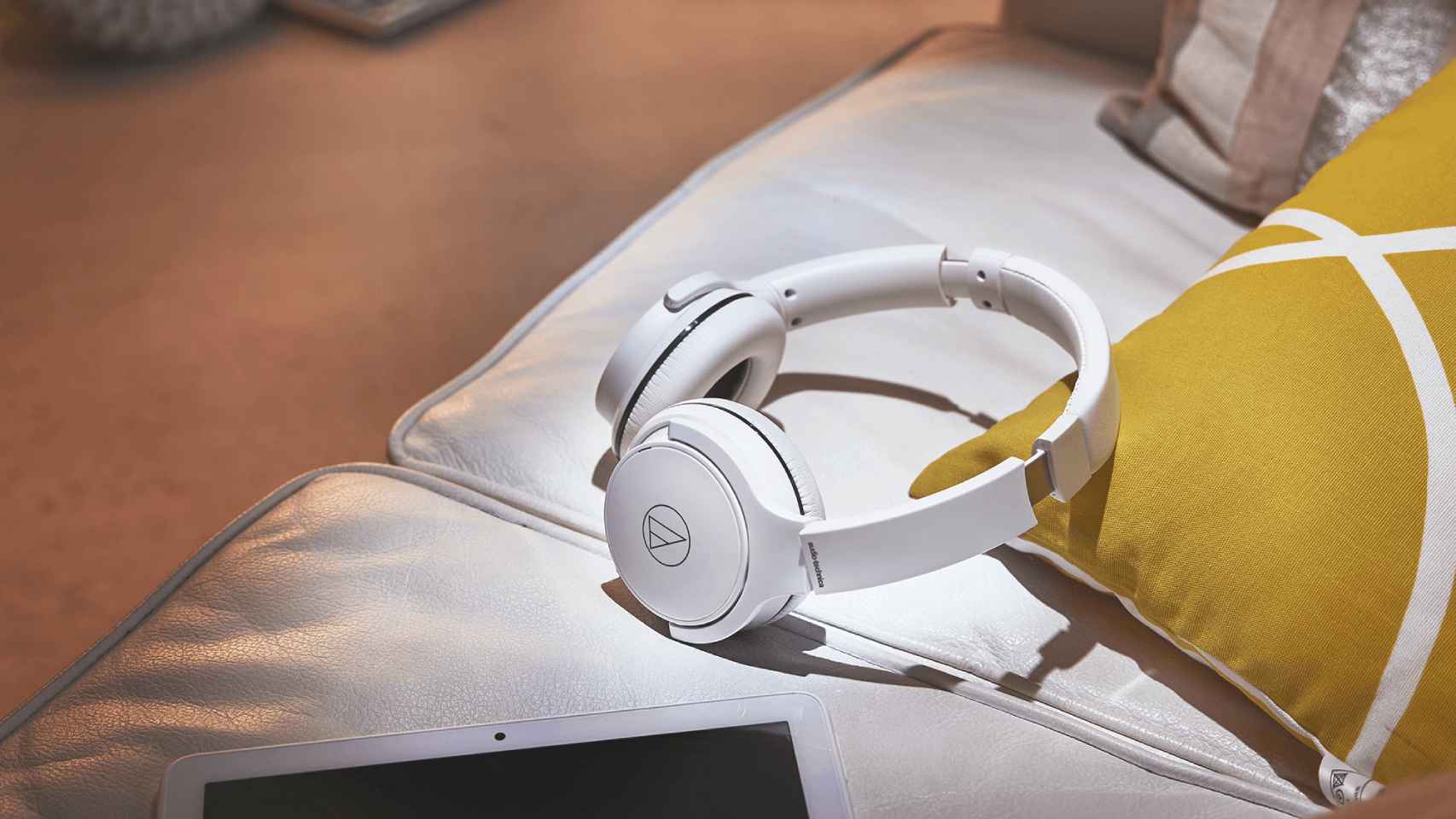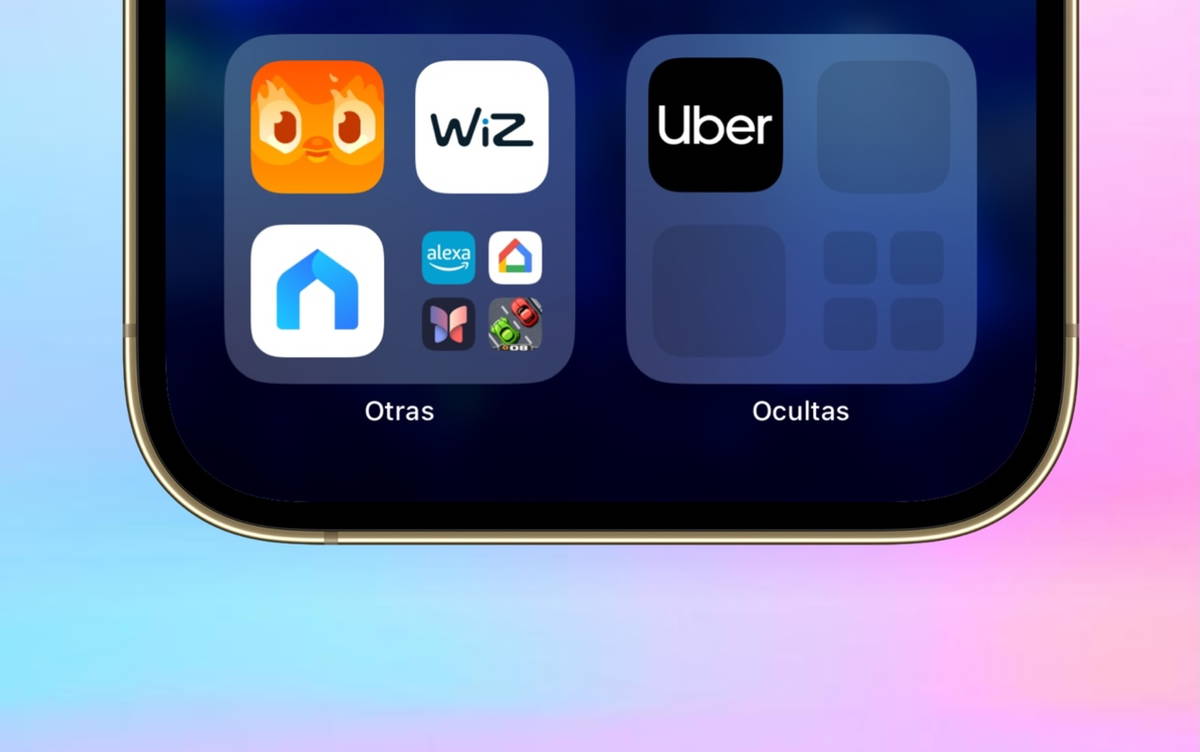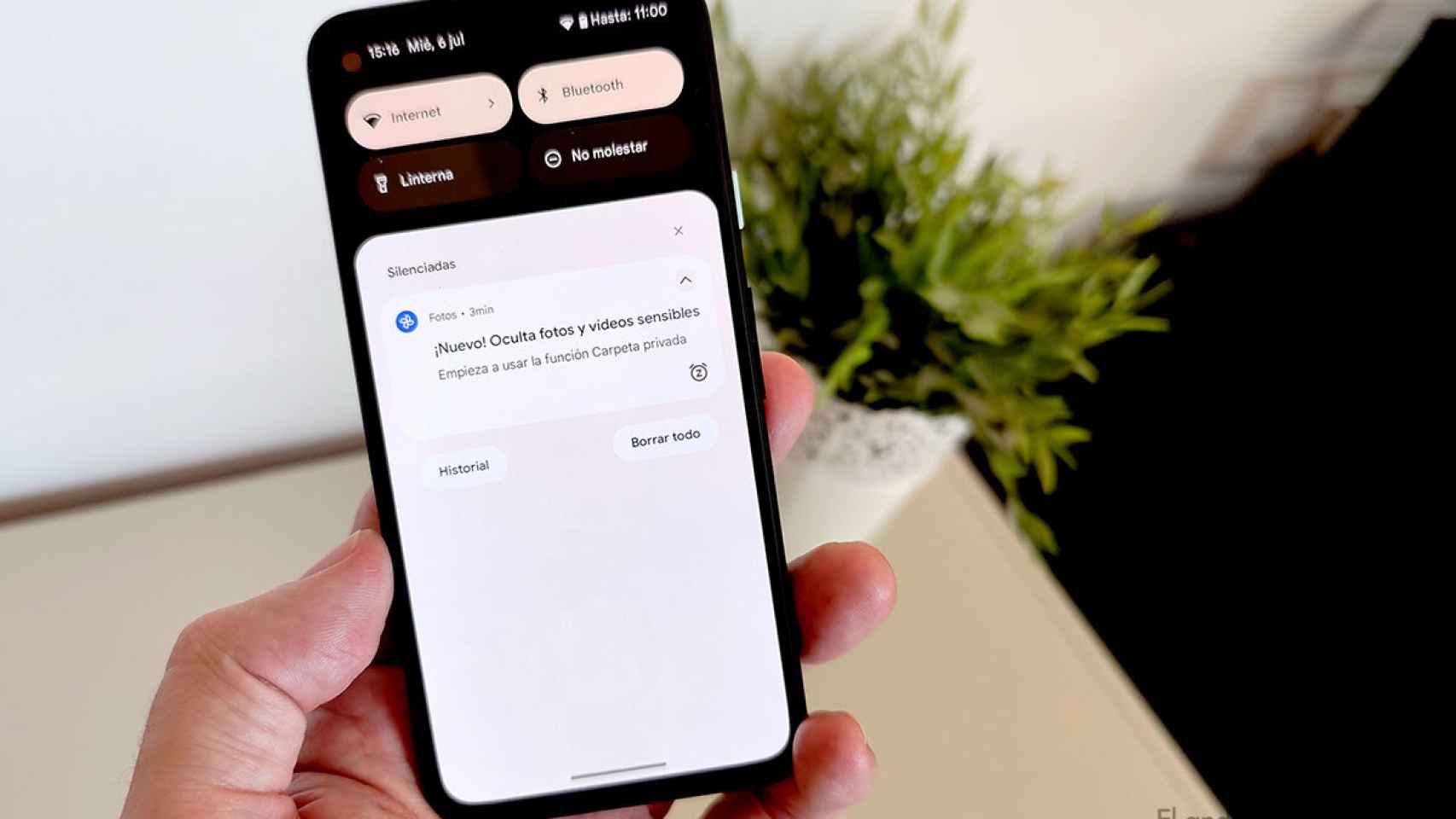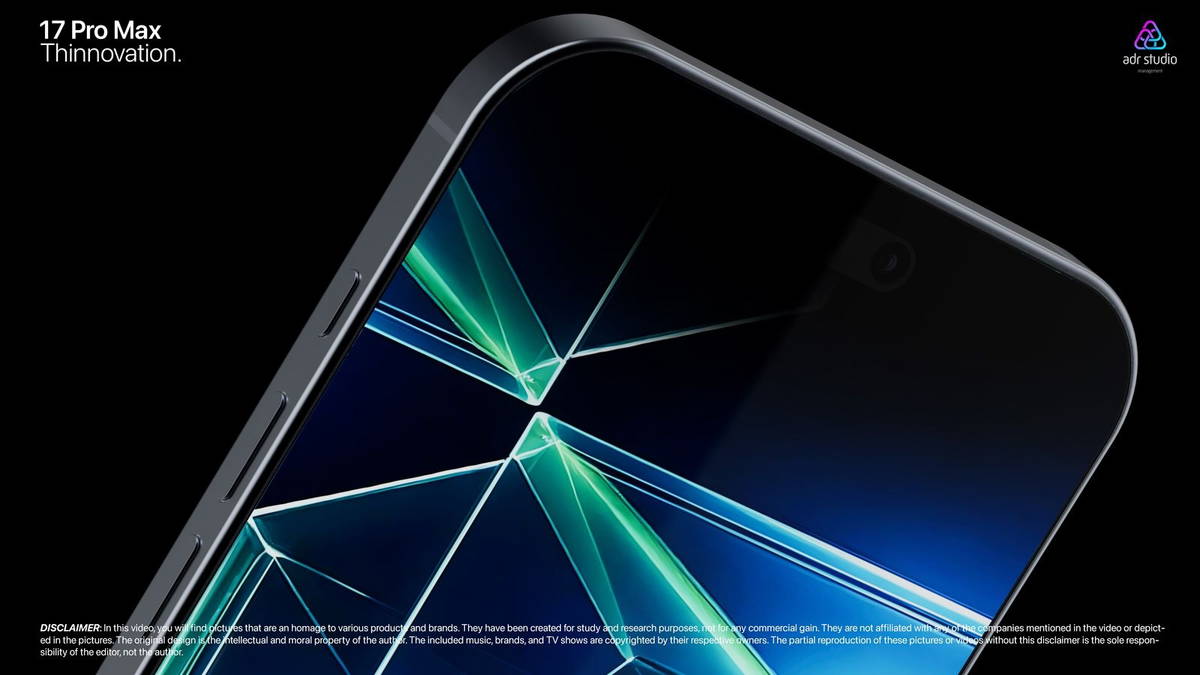Today, if you want to listen to music on your mobile, you have two options, each with its advantages and disadvantages. Most opt for wireless headphones, which eliminate annoying cables; but more and more people have discovered the benefits of cables and the high definition sound they enable. And why is it not possible to have both? In a word: Bluetooth.
This will be the new Bluetooth
The vast majority of wireless headphones use the Bluetooth standard to connect with our smartphone; and his age can already be seen. Even the most modern versions of Bluetooth are barely capable of a transfer rate of 2 Mbps, although in most cases it is much lower.
That’s enough for light data-intensive tasks, and it makes sense, since Bluetooth was originally used to transmit text and information between electronic devices. But these days, Bluetooth’s primary function is to stream media like music, and that’s where it fails miserably. This has forced the development of new technologies and codecs such as Qualcomm’s aptXHD or Sony’s LDAC, to extract the best possible audio quality taking into account the limitations.
Wireless headphones have the disadvantage of Bluetooth connection
Omicron
The good news is that the Bluetooth SIG (Special Interest Group), the consortium of companies responsible for the standard, already has plans for a new version of the connection that will be much wider in bandwidth; the bad news is that they don’t even know when it will hit the market.
More than an announcement, it’s a declaration of intent: the Bluetooth SIG aims to increase the bandwidth in the range between 4 Mbps and 6 Mbpss, and could even reach 8 Mb/s. The consortium will explore the 6 GHz frequency to achieve transfer rates much higher than current ones.
We don’t think it’s a coincidence that the consortium provides a bandwidth of between 4 Mbps and 6 Mbps, just enough to stream music files in HD and without loss (about 4.6 Mbps for a 24-bit and 96 kHz file ), the new standard therefore seems clearly designed to take advantage of future headphones that allow better audio quality.
It’s a shame that the Bluetooth SIG reacted so late to the demand for wireless HD sound; It may have done so because more and more manufacturers are toying with the possibility of using other standards, such as Wi-Fi 6, for their future models.
You may be interested
Follow the topics that interest you









